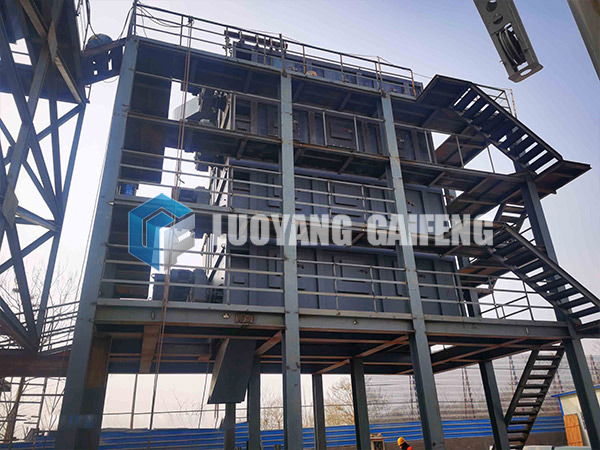What are the performance of hydrated lime production line
A hydrated lime production line refers to a set of equipment and processes used for the production of hydrated lime, also known as slaked lime or calcium hydroxide. Hydrated lime is produced by adding water to quicklime (calcium oxide) in a controlled process.
The performance of a hydrated lime production line can be evaluated based on several key factors, including production capacity, lime quality, energy efficiency, and environmental impact. Here are some aspects to consider when assessing the performance of a hydrated lime production line.
Hydrated lime production line performance

Production Capacity: The production capacity of the lime production line is a crucial factor. It determines the amount of hydrated lime that can be produced within a given timeframe. The line should be designed to meet the desired production requirements efficiently and consistently.
Lime Quality: The quality of hydrated lime is essential for its intended applications. The production line should ensure that the hydrated lime meets the required specifications and standards. This includes characteristics such as particle size distribution, purity, and chemical composition.
Energy Efficiency: Energy efficiency plays a significant role in the overall performance of the production line. The process should be designed to minimize energy consumption by optimizing equipment design, utilizing efficient heating systems, and incorporating waste heat recovery mechanisms, if applicable.

Process Efficiency: The production line should be designed for high process efficiency, ensuring minimal loss of lime during production and effective utilization of raw materials. Efficient kiln design, proper control of operating parameters, and optimized process flow can contribute to enhanced process efficiency.
Environmental Impact: The environmental impact of the production line is an important consideration. Measures should be taken to minimize emissions of air pollutants, such as sulfur dioxide (SO2) and nitrogen oxides (NOx), through the use of emission control systems. Proper waste management and dust control systems are also crucial for maintaining environmental standards.

Reliability and Maintenance: The production line should be reliable, with minimal downtime and efficient maintenance practices. This includes regular inspections, preventive maintenance, and quick response to any equipment failures or issues. Proper training of operators and availability of spare parts are also important for smooth operations.
Cost-effectiveness: The cost-effectiveness of the production line is a key performance indicator. It involves a balance between capital investment, operational costs, and the value of the produced hydrated lime. The line should be designed to optimize costs without compromising on quality and performance.
It’s worth noting that the specific performance of a hydrated lime production line can vary based on the technology, equipment, and operational practices employed. Regular monitoring, performance evaluation, and continuous improvement efforts are essential for maintaining and enhancing the performance of the production line.


